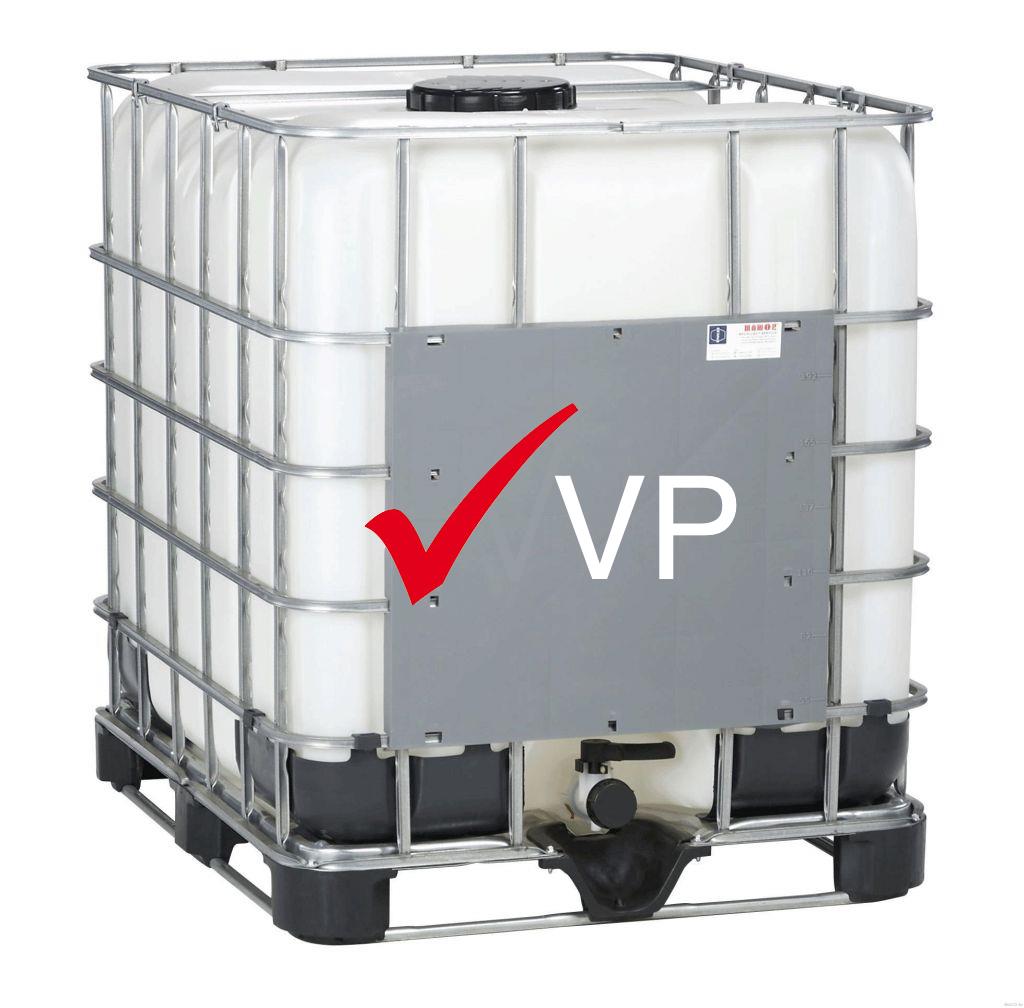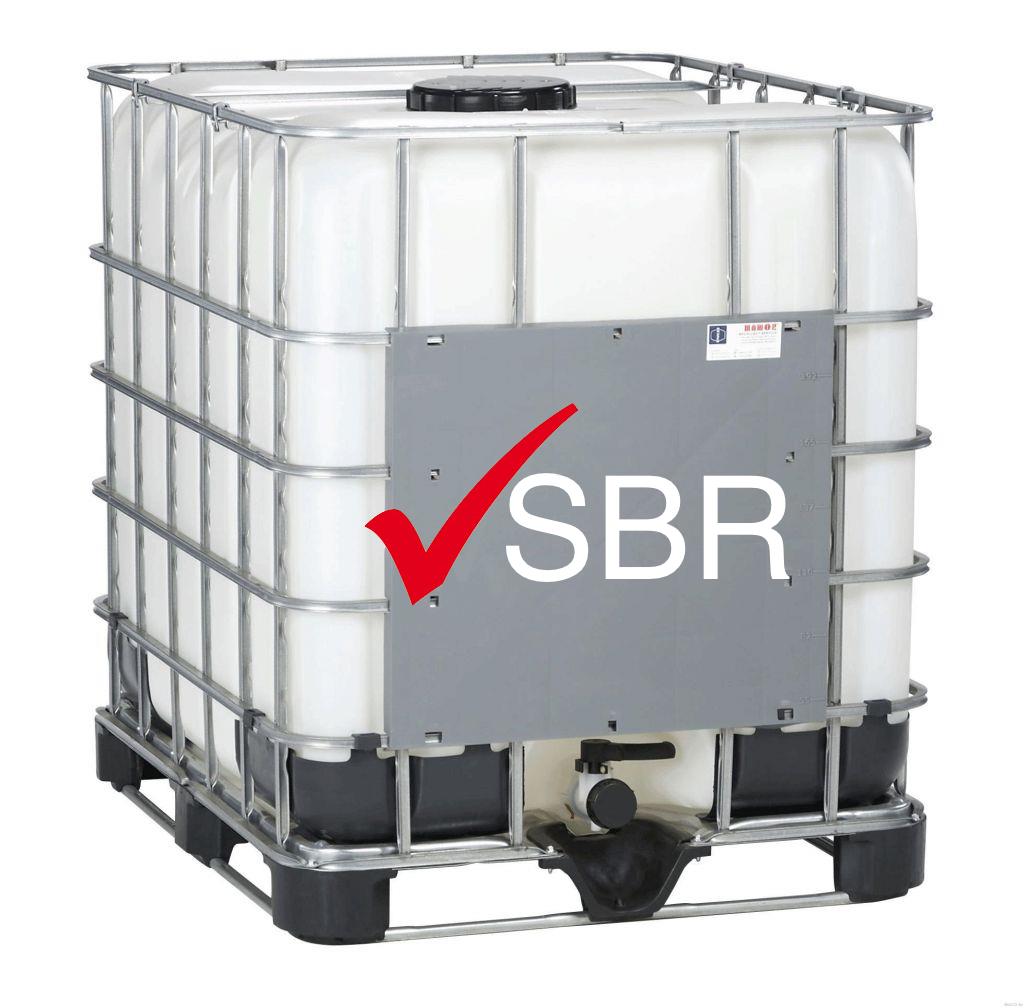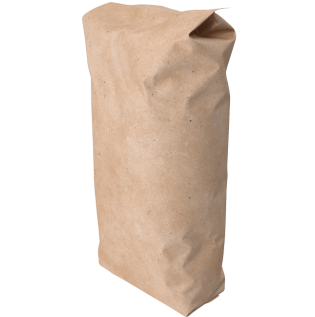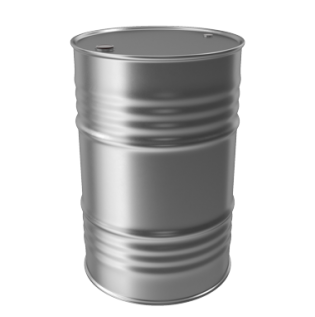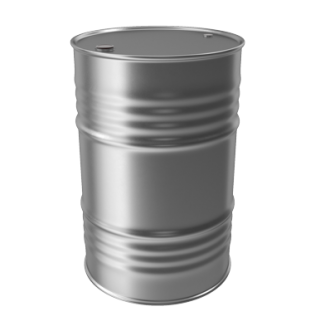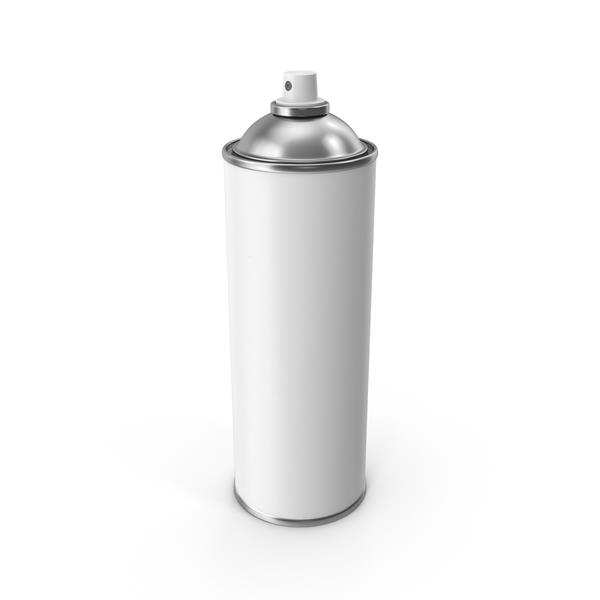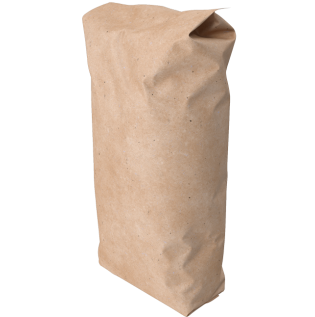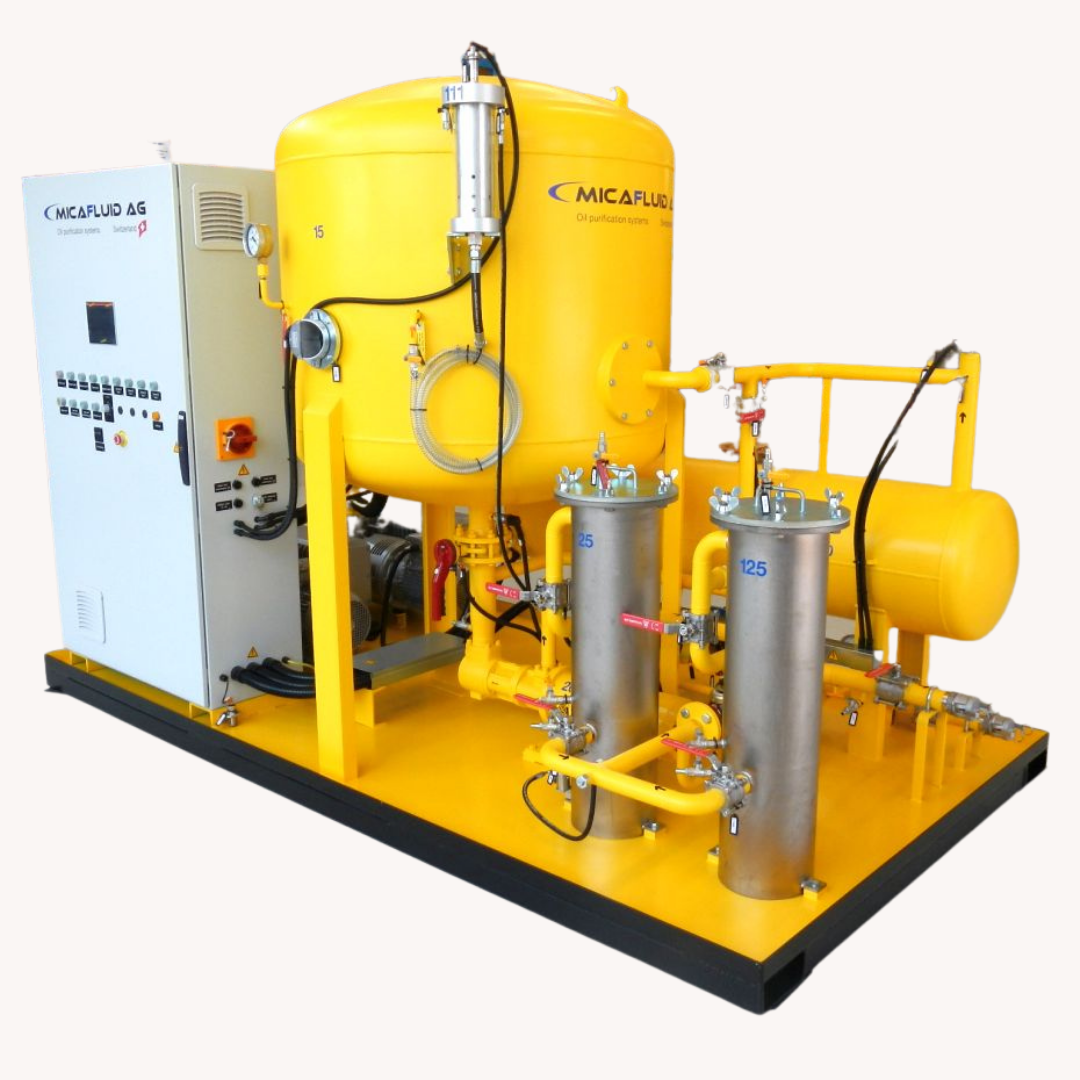WHY DIDN’T MY THREAD SEALANT CURE?

Contact with metal
- The presence of metal ions must be in contact with the thread sealant. Paint and coatings can prevent that. Similarly, well-meaning users will apply PTFE tape (Teflon® tape) to “help” seal. The tape blocks contact with the metal and the exact opposite occurs. Instead of helping the seal, the tape prevents cure making a leak path possible.
- Mind the Gap! Note the maximum gap on the datasheet of the product you are using. Generally, if the gap exceeds 0.5mm (0.020 in.) the sealant at the center of that gap may have difficulty curing as it isn’t close enough to the metal needed to cure.
- Pipe sealant also covers the metal ions. Pipe joints sealed with low-strength thread sealants can be dismantled using normal tools. Heating parts with a hot air gun or blow torch will make parts easier to disassemble. Before reapplying sealant, clean pipe joints with a wire brush to expose the metal.
Lack of contact with oxygen
When the thread sealant is contained in the threads, oxygen is excluded. Following, are the directions for using anaerobic pipe sealants on both parallel and tapered pipe joints.
- Parallel to parallel pipe joints: Apply sealant to the leading edge of the male component.
- Tapered to parallel pipe joints: Apply sealant several threads back from the leading edge of the male component to ensure maximum contact.
IN EACH CASE EXCESS SEALANT SHOULD BE VISIBLE AFTER TIGHTENING –The purpose of the excess is to visualize complete 360° coverage to ensure no leaks. The exposed sealant will not cure as it is in contact with air. This excess can be wiped away.
Often users will expect that exposed area to cure and not realize that within the joint the anaerobic thread sealant has cured as expected.
These basics apply not only to pipe sealants but to all anaerobic adhesives and sealants which are used for threadlocking, retaining, and FIP gasketing.





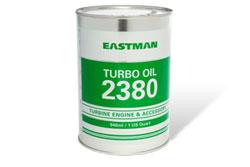
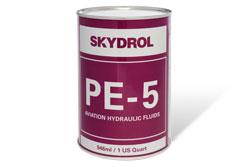
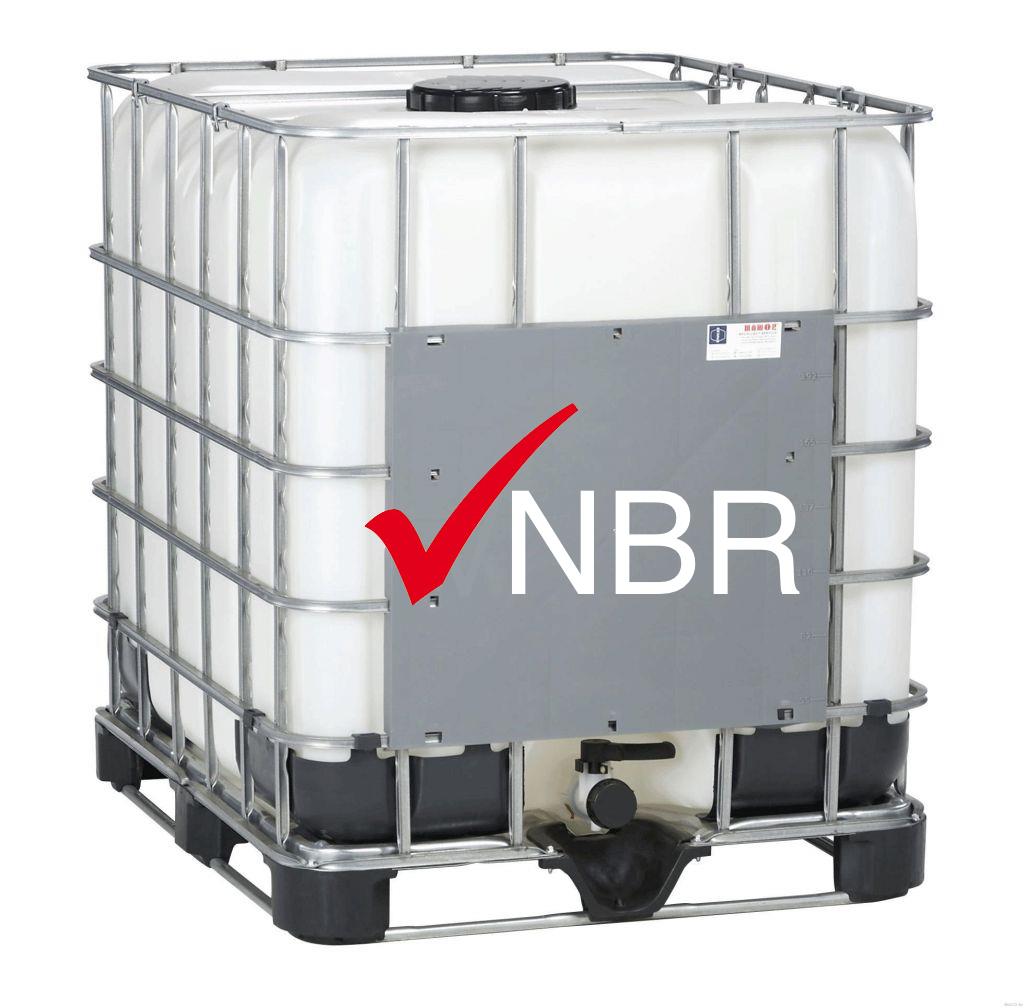
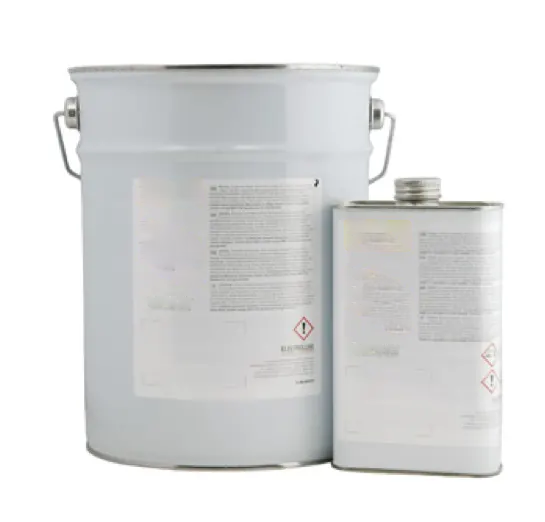
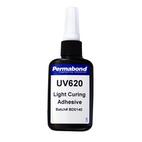
 Permabond
Permabond Demak
Demak Therminol
Therminol Eastman Aviation
Eastman Aviation LEFA
LEFA Marlotherm
Marlotherm Atul
Atul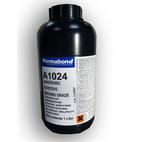 Anaerobics
Anaerobics
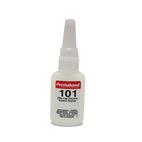 Cyanoacrylates
Cyanoacrylates
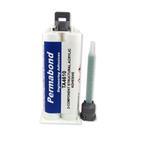 Structural Acrylics
Structural Acrylics
 2-Part Epoxies
2-Part Epoxies
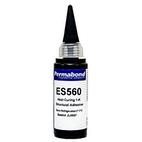 1-Part Epoxies
1-Part Epoxies
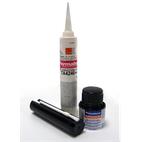 Polyurethane Adhesives
Polyurethane Adhesives
 UV Adhesives
UV Adhesives
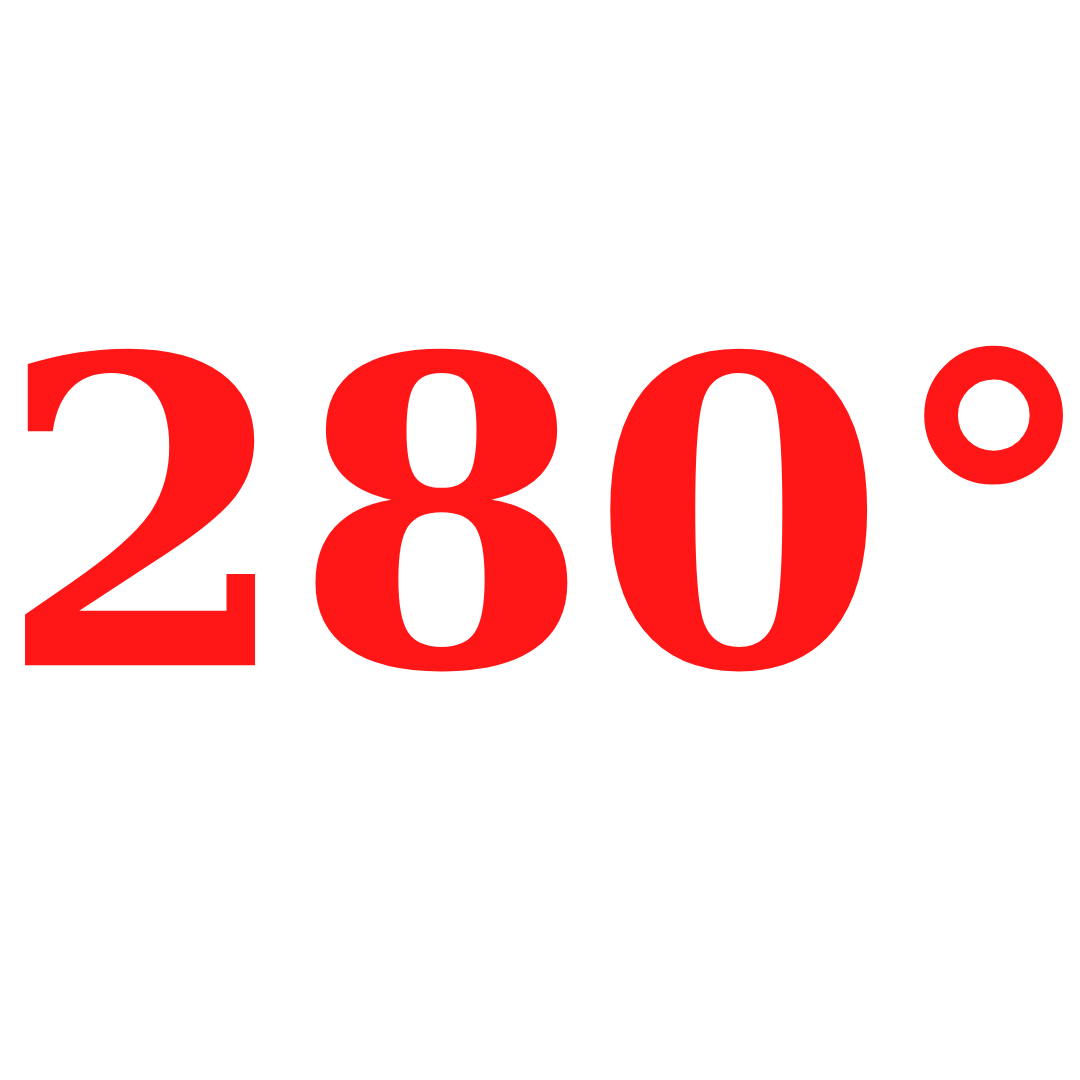 Low Temperature
Low Temperature
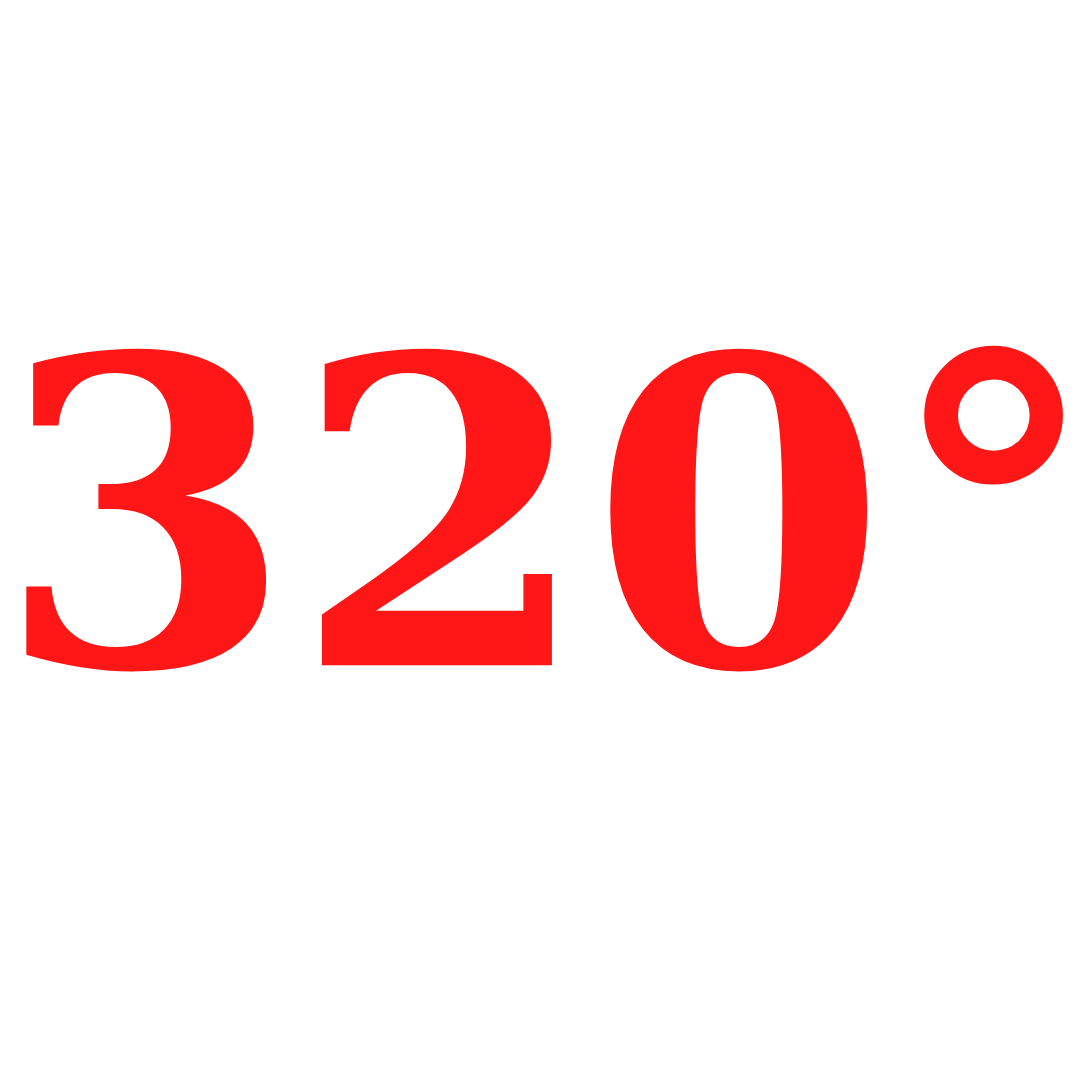 Mid Temperature
Mid Temperature
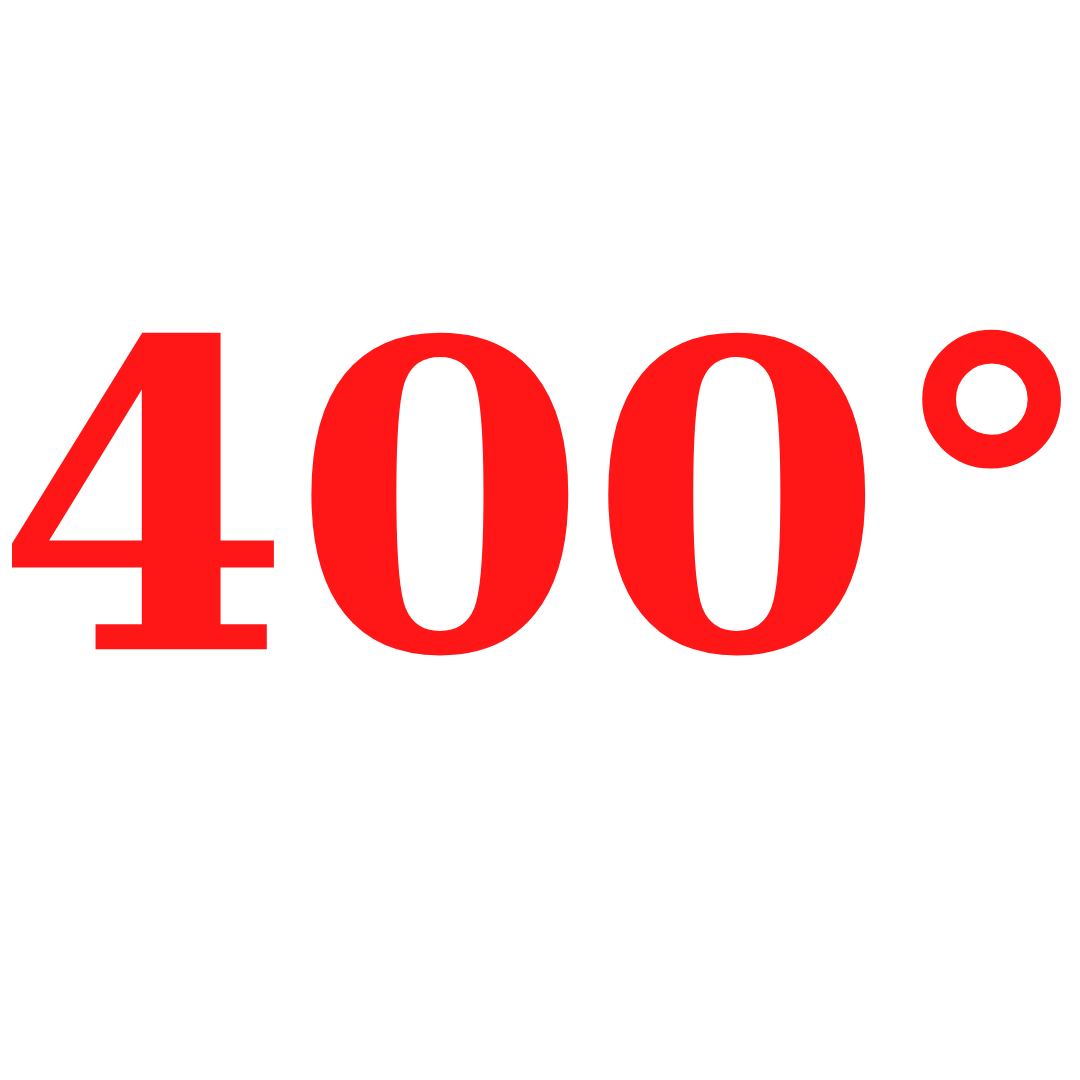 High Temperature
High Temperature
 Vapour Phase
Vapour Phase
.png)
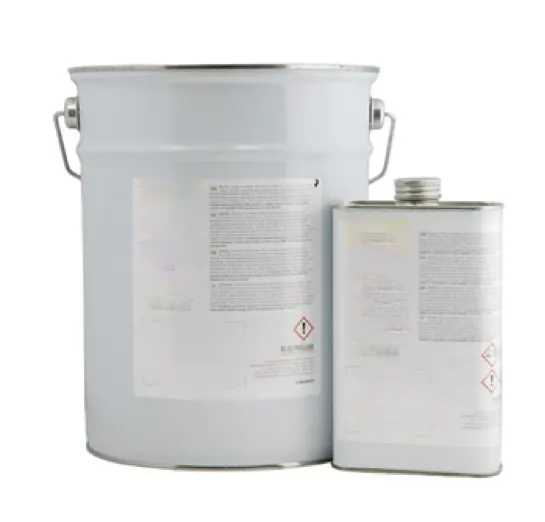
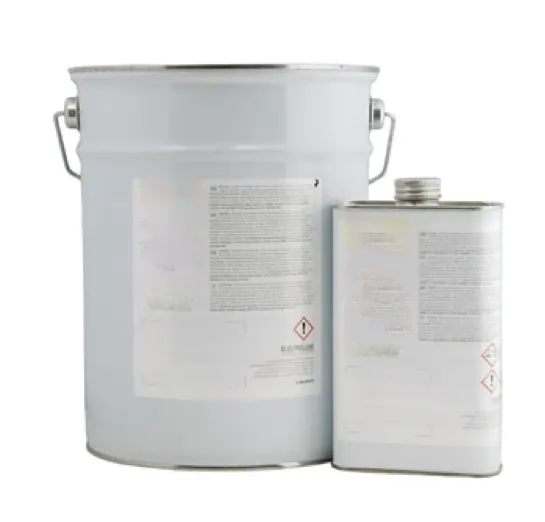
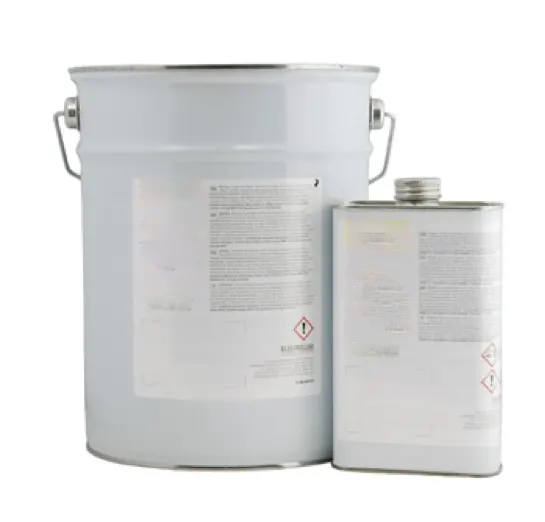
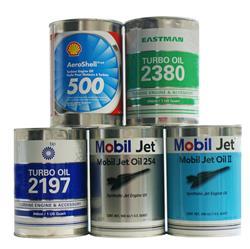 Turbine Engine Oil
Turbine Engine Oil
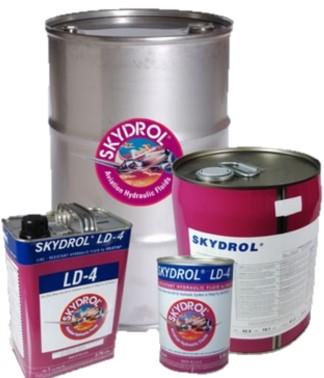 Hydraulic Fluids
Hydraulic Fluids
 Cleaners
Cleaners
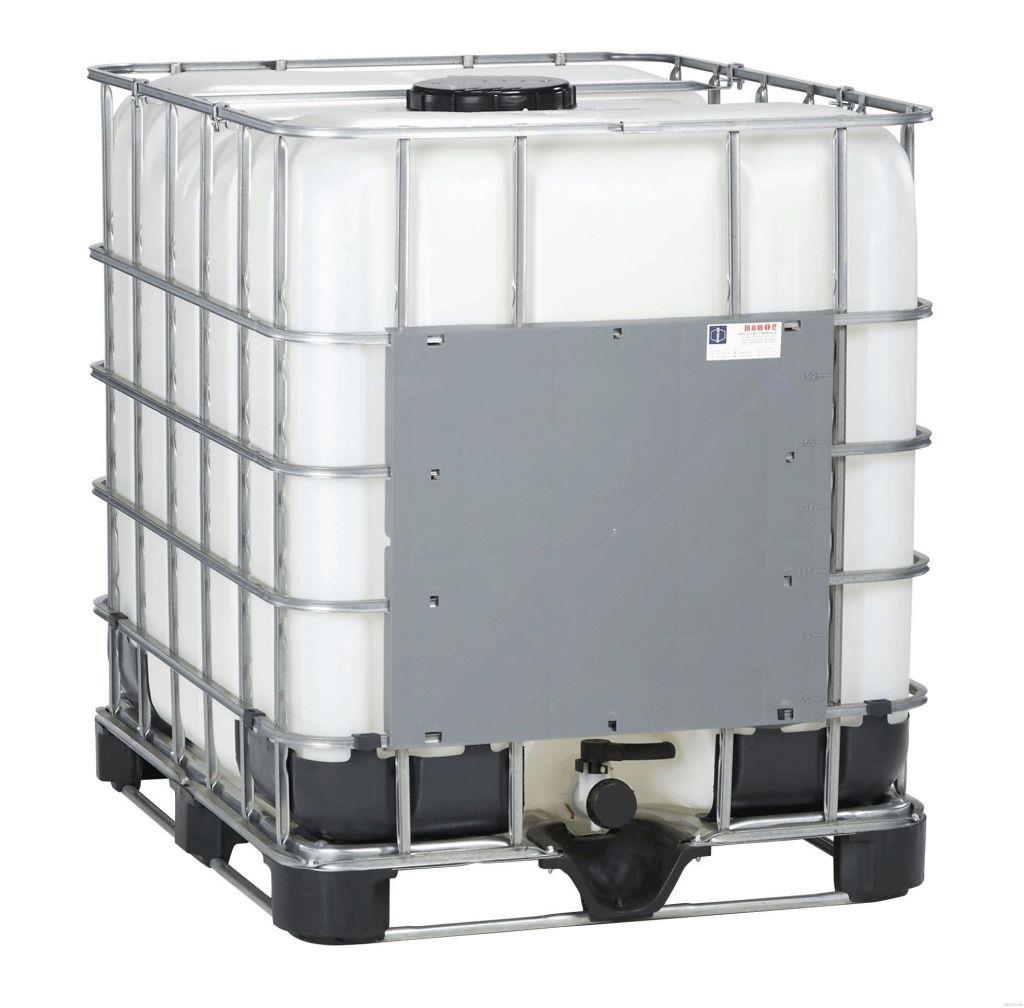 Anti Icing
Anti Icing
